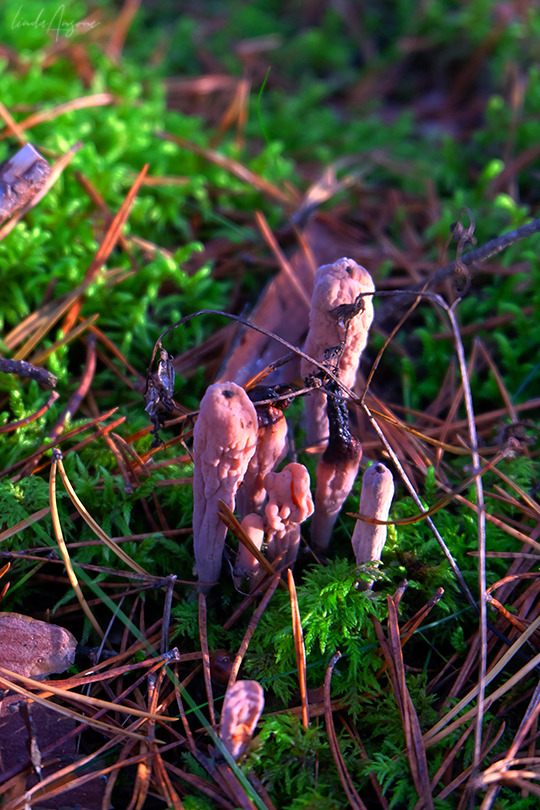#clavariadelphus
Photo
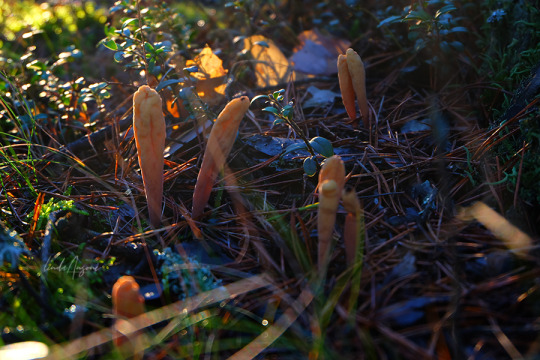


Club fungi
#mushrooms#fungi#mushroom photography#mycology#forest floor#clavariadelphus#club fungi#nature#nature photography#original photography#photographers on tumblr
186 notes
·
View notes
Text
2023
big dick energy: out
fairy club fungus energy: in
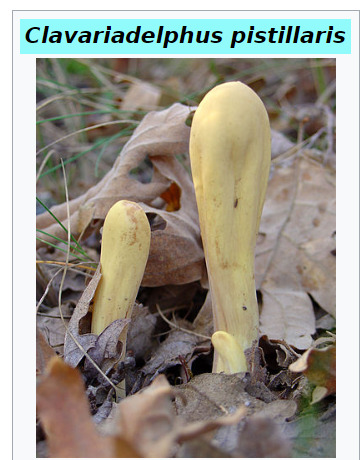
#kyjak obrovský#bde#big dick energy is out#kyjak obrovský energy is in#we deserve this#we have no choice but to stan#mycology#mushrooms#Clavariadelphus pistillaris#end body shaming#we got this#decomposing peacefully#literally the sex organ#so dont @ me#ŽENIS#HRÍBIS
2 notes
·
View notes
Text
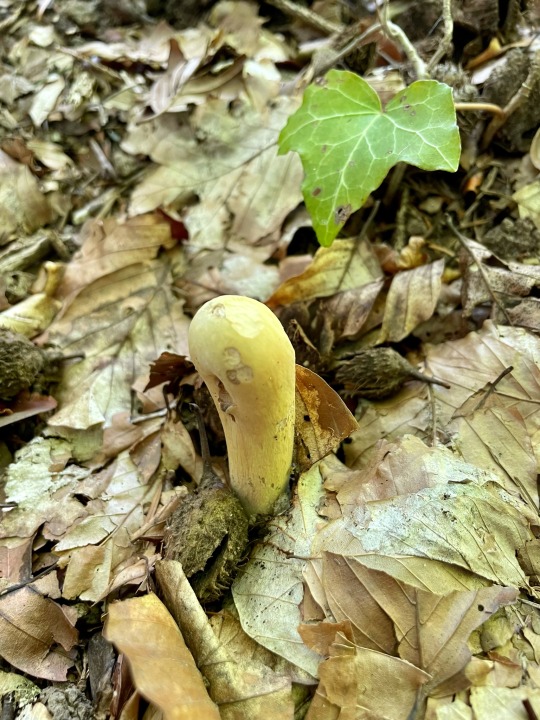

Herkules Keule, Clavariadelphus pistillaris 06.09.21
#mushrooms#pilze#basidiomycota#fungi#mycology#wild fungi#pilz#pilzesuchen#mushrooms switzerland#mushrooms of switzerland#keule#Clavariadelphus
2 notes
·
View notes
Photo

Last fall, I was out foraging with @wildcraftstudio when suddenly @yellowelanor found a miniature forest of Clavariadelphus occidentalis! I’m pretty sure that’s what this is.. Commonly known as club fungi or earth tongues! 🌎👅 It was one of our favorite discoveries from that day. ⠀ ⠀ #fungiphotography #fantasticfungi #fungusamongus #fungifever #fungiaffair #justlookdown #pnwfungi #pnwwonderland #allthemushroomhashtags #fungilove #youfungus #mossandmushrooms #mossyforest #🍄 #colorcontrast #mushroomsandlichen #earthtongue #🌎👅 #clavariadelphus #clavariadelphusoccidentalis #clubfungi #club #wildcraftstudioschool #research #pnwescapes #mycology #pnwadventures #youfungus #wildcraftstudio ⠀ ⠀ ⠀ (at Washington) https://www.instagram.com/p/B7yf1IOpHQ5/?igshid=291pg4g8fsbf
#fungiphotography#fantasticfungi#fungusamongus#fungifever#fungiaffair#justlookdown#pnwfungi#pnwwonderland#allthemushroomhashtags#fungilove#youfungus#mossandmushrooms#mossyforest#🍄#colorcontrast#mushroomsandlichen#earthtongue#🌎👅#clavariadelphus#clavariadelphusoccidentalis#clubfungi#club#wildcraftstudioschool#research#pnwescapes#mycology#pnwadventures#wildcraftstudio
0 notes
Photo
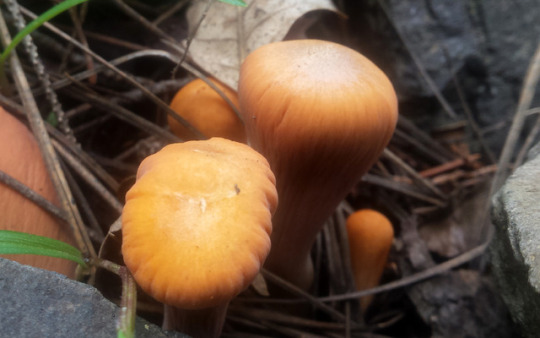


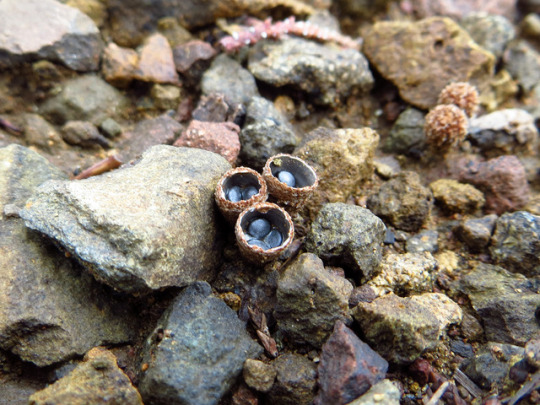

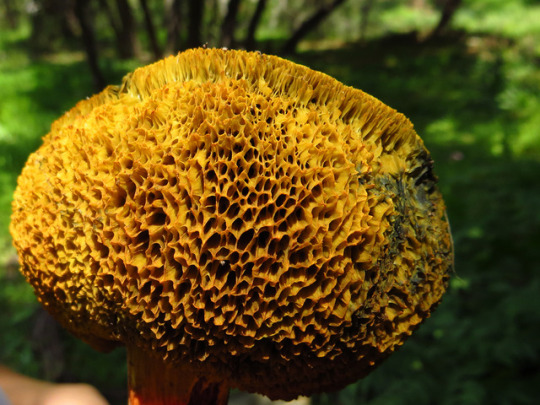
assorted fungi from my New Mexico field work: Clavariadelphus truncatus club coral, Vascellum curtisii puffball, Crucibulum laeve and Cyathus stercoreus bird’s nests, and a big ass Exsudoporus permagnificus. I don’t know shit about fungi so all IDs are provisional. experts welcome to correct me *cough @sporesmore*
100 notes
·
View notes
Photo

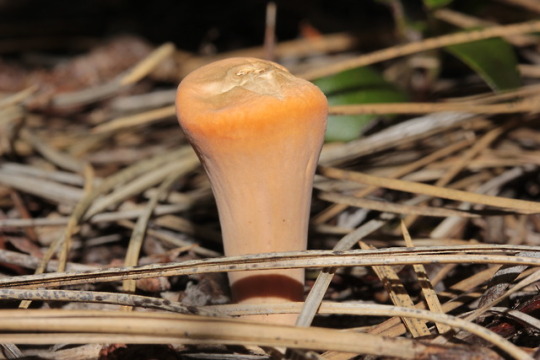

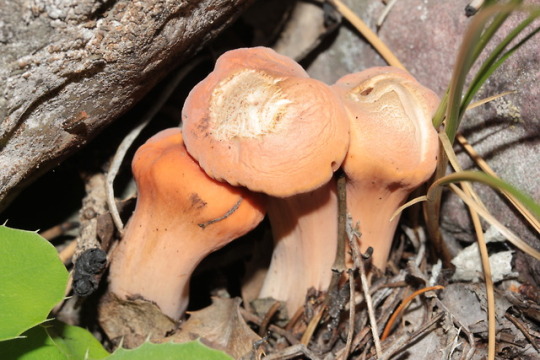



Clavariadelphus truncatus, club coral
Rattlesnake National Recreation Area, Missoula, Montana
25 June 2018
#photography#missoula#montana#clavariadelphustruncatus#mycology#macro#rattlesnake national recreation area#fungus
4 notes
·
View notes
Photo

Clavariadelphus pistillaris
Clavariadelphus pistillaris is a rare species of mushroom of the family Gomphaceae native to Europe and North America. It grows during summer and autumn almost exclusively in beech forest on calcareous soil on litter and woodchips. The mat and wrinkled fruiting body has the shape of a club with a rounded top. Its length varies between 10 cm and 30 cm and its width between 1 cm and 5 cm. The skin is red brown to ocher red, sometimes cinnamon brown with a lilac tint, turning brown when damaged. The spongy flesh is white. The spore print is pale yellow. It has a weak, but pleasant scent. Through its appearance it could be mistaken for Clavariadelphus truncatus, a species found in coniferous mountainous forests.
More details Android, Windows
0 notes
Text
T’ville. May 31–June 5 [1972]. Rather a desolate stay: Mrs. Stabb, Mrs. Seelman nursing me.
[...]
Millers and Glyn Morris madly working for McGovern. Democrats up here in hiding...
[...]
Two movies: Godfather and French Connection, bang bang. – Painful getting in and out of theaters. – Ned Miller harangued me about diet as if he had had a religious conversion.
Pushkin Note.
Tennyson and Musset.
Tennyson’s Elaine: And white sails flying on the yellow sea. ‘One of the greatest painters now living pointed out to me, with a brief word of rapturous admiration, the wonderful breadth of beauty and the perfect force of truth in a single verse of Elaine –’
[...]
I find this rather grim.
[Edmund Wilson]
===
Intrigued..., W——, the Cahokia researcher, and B——, an environmental historian at the University of Göttingen, surveyed six archaeological studies of diets at Cahokia and places nearby. All were not far from the site of the huge pigeon roost that Audubon visited. The studies examined household food trash and around that traces of passenger pigeon were rare. Given that Cahokians consumed ‘almost every other animal protein source’, B—— and W—— wrote, ‘one must conclude that the passenger pigeon was simply not available for exploitation in significant numbers’.
Some archaeologists have criticized these conclusions on the grounds that passenger pigeon bones would not be likely to be preserved... But all six Cahokia projects found plenty of bird bones, and even some tiny bones from fish; one turned up 9,053 bones from 72 bird species. ‘They found a few passenger pigeon bones, but only a few’, W—— told me. ‘Now these are hungry people... The simplest explanation for the lack of passenger pigeon bones is a lack of passenger pigeons. Prior to 1492, this was a rare species’.
[1491]
===
red pine | Pinus resinosa
The needles are similar to those of the Austrian pine; to tell the 2 apart, pluck a needle from each one and start bending them; Red will snap in 2 easily, while Austie will bend without breaking... planting large stands of red pine for reforestation purposes is not a great idea, as the mature plantations often end up as ‘biological deserts’, hosting little more than ‘pine diseases and pine insect foragers’... however, ‘Aldo Leopold noted an apparent association between young red pines and flowering spurge (Euphorbia corollata)... cedar waxwings, red-breasted nuthatches, golden-crowned kinglets, and Blackburnian and pine warblers oft nest in young red pines... mushrooms found amidst red pines include Clavariadelphus ligula, Suillus tomentosus, and the ‘winter herald’ Hygrophorus hypothejus...
[Book of Forest and Thicket]
===
threadleaf coreopsis | Coreopsis verticillata
‘If a poll was taken on the best coreopsis’, well, by Godfrey, ‘I would venture to say that the threadleaf coreopsis would be on the ballot’... the foliage is ‘always handsome and weatherproof’; better in dry situations than most other corries... the native species is, of course, not available in commerce, but the following cultivars are – ‘Golden Gain’, ‘Golden Showers’, ‘Moonbeam’, and ‘Zagreb’... if saving seeds, they need no pretreatment, just moisture and a temperature of 70-75°; take one- to two-node cuttings in late spring...
wild comfrey | Cynoglossum virginianum
The North American version of the Old World houndstongue (Cynoglossum officinale)... the plant was given to patients by Native American medicine men; it cured their cancer, gonorrhea, and ‘itching’... although there is ‘nothing particularly striking about the plant’, it is ‘unique, tolerates dry shade, and comes back year after year’... zones 4-8... don’t bother trying to purchase the seed – they are available for free ‘in the nuts formed by the flowers’; sow in summer or fall in the cold frame, and seedlings will supposedly emerge the following spring...
[Armitage’s Native Plants]
===
❚Superlawyer Larry Klayman Wants To ‘Legally, Peacefully’ Imprison All Liberals
I should have killed more people, says Carlos the Jackal
Google Has Finally Killed The CAPTCHA
Today's fun fact: The USA has now officially spent more money trying to rebuild Afghanistan than it has spent on rebuilding Europe after WWII under the Marshall Plan
0 notes
Photo



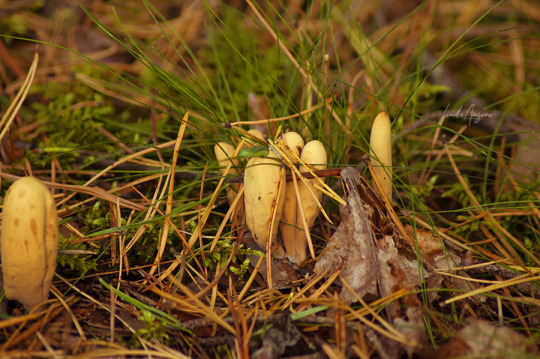
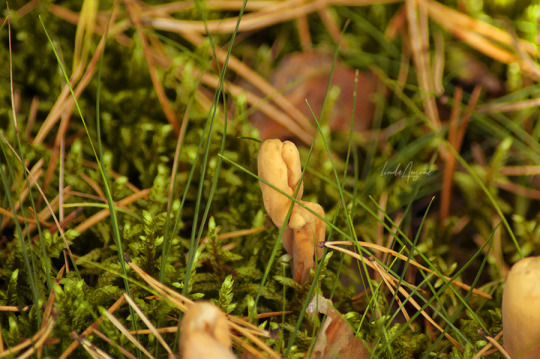
#mushrooms#fungi#mycology#mushroom photography#nature#nature photography#forest floor#original photography#original photographers#clavariadelphus#clavariadelphus ligula#It is a low-quality edible fungus it has to be boiled first to remove the bitter taste#it might be clavariadelphus pistillaris too#🤷
116 notes
·
View notes
Photo

Clavariadelphus pistillaris.
81 notes
·
View notes
Photo

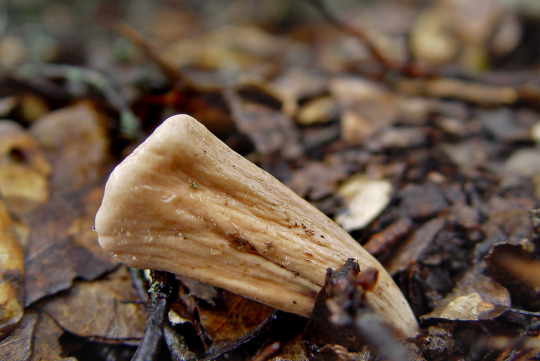



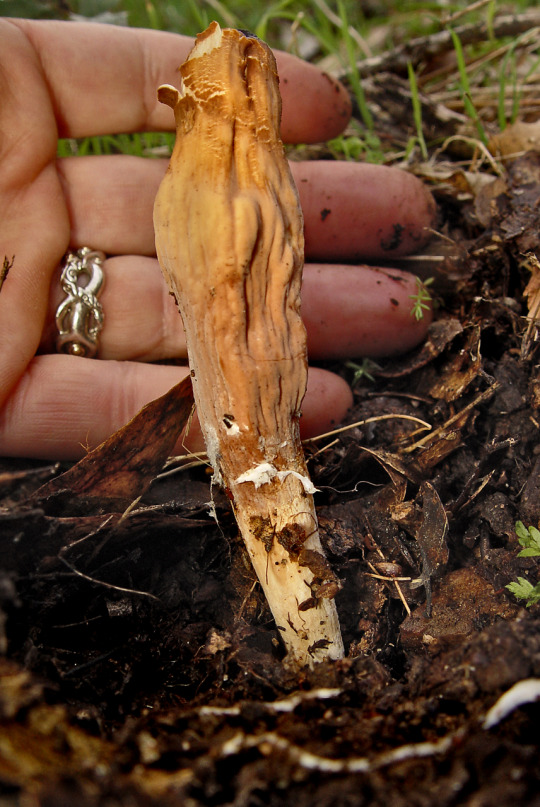


Club Coral
Clavariadelphus occidentalis
#Club Coral#Clavariadelphus occidentalis#Clavariadelphus#Fungi#Mycology#Mushroom#Nature#Science#California Fungi#CalFlora
20 notes
·
View notes



